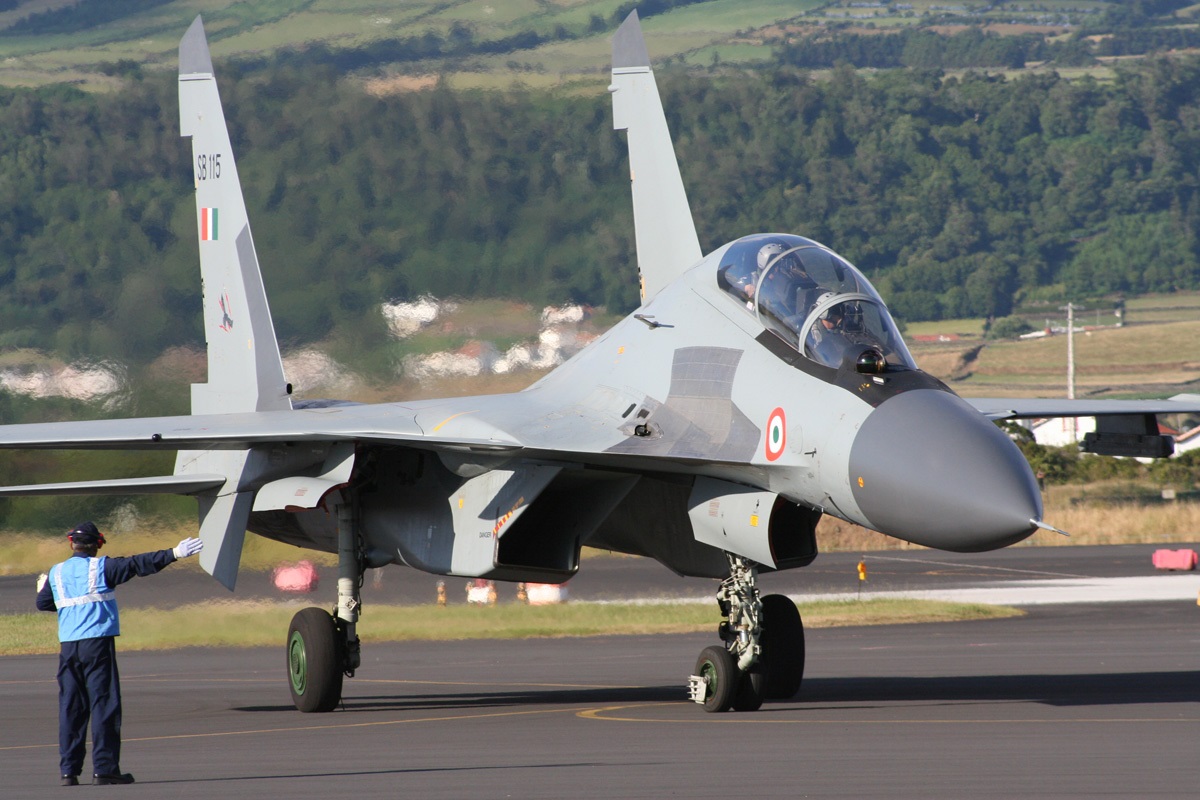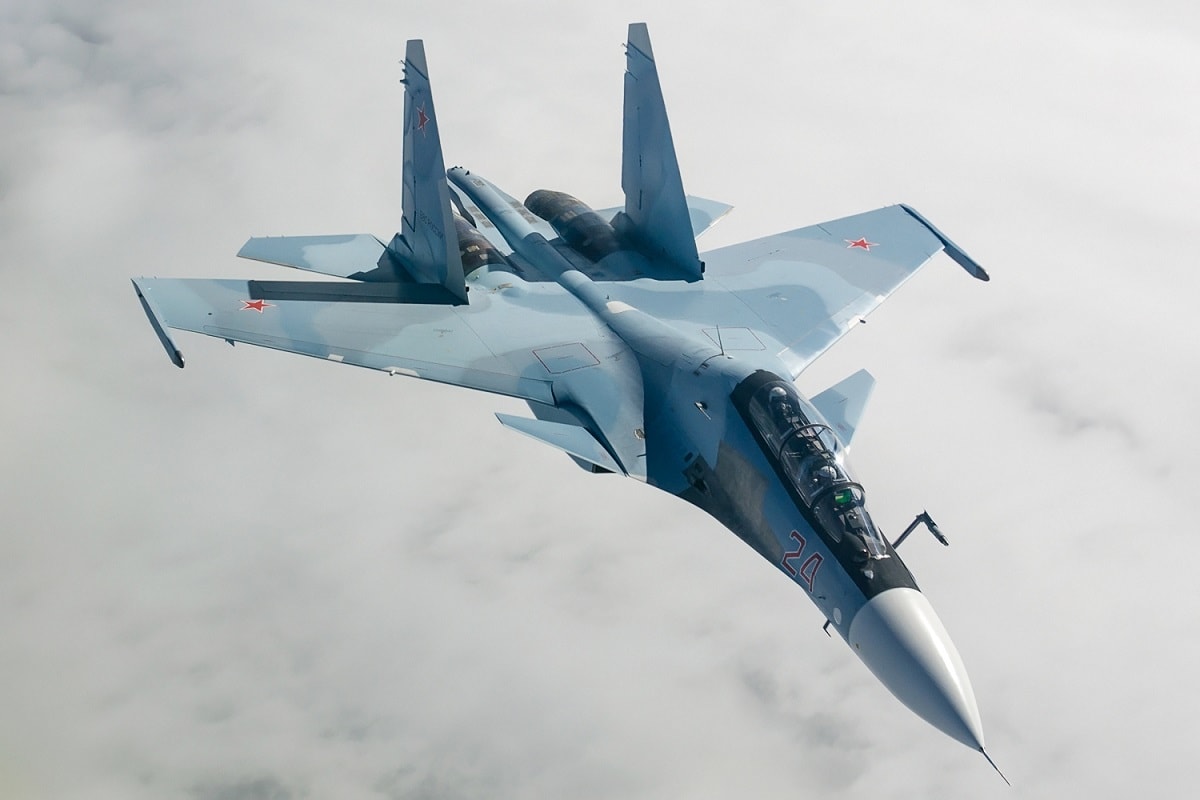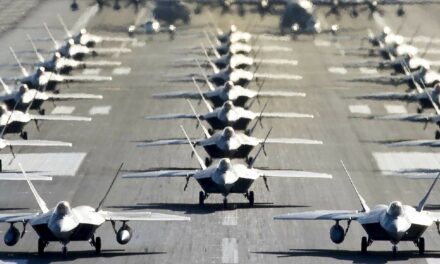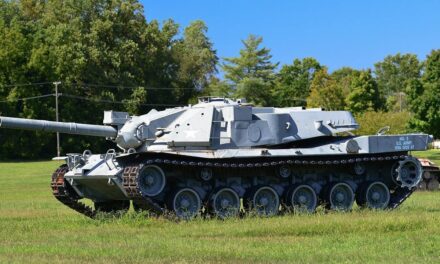We support our Publishers and Content Creators. You can view this story on their website by CLICKING HERE.
Key Points: The Russian Su-30 Flanker, a versatile multi-role fighter, has faced significant challenges in the ongoing Ukraine conflict, highlighted by its vulnerability to Ukrainian MANPADS and other air defenses.
Su-30SM2. Image Credit: YouTube Screenshot.
-Despite advanced features like thrust vectoring, modern materials, and a robust weapons suite, several Su-30s have been lost, including a recent downing near Crimea. These incidents underscore Russia’s failure to achieve air superiority, a critical weakness compounded by Ukrainian tactics and effective public relations efforts showcasing these aerial victories.
-The situation calls for urgent tactical reassessment by Russian forces to mitigate further losses of this $50 million aircraft.
Why the Su-30 Fighter Is Failing in Ukraine’s Air War
Why Is the Su-30 Failing During the War in Ukraine? Russia continues to underperform in aerial combat operations in the Black Sea region. For example, the vaunted Russian Su-30 fighter was shot down this month over Crimea. The Ukrainians, as usual, made hay out of this victory by showing the video on social media. This is not a good development for the Su-30’s performance in the war. It appears to have struggled against Ukrainian anti-aircraft efforts.
What Is the Latest on Su-30’s Performance?
The latest strike against the Su-30 Flanker happened around 44 miles northwest of Cape Tarkhankut in western Crimea. A Ukrainian special forces team used a man-portable anti-aircraft missile that locked onto the Russian fighter and blasted it out of the sky. Ukrainian intelligence posted the video on Telegram.
This Su-30 is believed to be from Russia’s 43rd Separate Naval Aviation Regiment, likely based out of Saki airbase in western Crimea.
It is not clear whether the MANPAD missile was fired from the ground or from a ship, but the engagement shows the Su-30 has a weakness against these anti-aircraft systems.
More Uncertain Performance
This is not all the bad news for the Su-30. Earlier this month on September 10, another Flanker, according to Newsweek, “disappeared off radar over the Black Sea … raising concerns that the aircraft may have crashed.” It was firing missiles at Ukrainian ground targets in the Black Sea area of operations, and it may have been shot down by Ukrainian forces. It is not clear if this was another MANPAD attack, but the mishap has claimed an additional Flanker to probable destruction from Ukrainian efforts.

A member of the Indian air force marshals in a Sukhoi Su-30 MKI on the flight line, July 13, here at Lajes Field. The Indian air force is passing through Lajes on their way to participate in Red Flag at Nellis Air Force Base, Nevada. It is the first time the Indian air force has ever participated at Red Flag or deployed this aircraft to the United States.
More Details About the Su-30
The variant that Russia is likely using for battles in Ukraine (and the type of Su-30s that they lost) is the Su-30SM. The Su-30SM is a multi-role fighter that is developed from the Su-30MK. The Su-30MK has proliferated to several air forces worldwide, including those in China, Indonesia, and Vietnam.
Many Ways to Use the Flanker
The Russians are proud of how the Su-30 variants can perform in diverse strike roles. Air-to-air, air-to-ground, and air-to-sea engagements are all possible with the Su-30.
The Su-30SM burst onto the scene in 2012 when Russia ordered 30 airplanes from Sukhoi. The Russian Knights, the air force demonstration team (like the American Blue Angels), flies Su-30SMs.
Advanced Airframe Makes the Su-30 More Maneuverable
The Su-30SM has a modern airframe with materials you would expect from an advanced fighter, such as titanium and aluminum alloys. The airplane is highly maneuverable with its thrust vectoring feature. Navigation is improved with GPS and inertial systems.

Image: Creative Commons.
It Even Has an Anti-Ship Mode
The weapons suite is powerful with an 8-ton payload for munitions. Various unguided and precision bombs and the Oniks anti-ship and ground attack missiles can be deployed. Rockets can be used for taking out surface targets.
The Su-30SM’s speed is impressive. Two AL-31FP by-pass turbojet reheated engines enable it to hit MACH 2.
What’s the Problem in Ukraine?
With all these attributes, the Su-30SM and its brother variants should dominate in the Ukraine war.
For some reason, perhaps due to pilot error or weaknesses in radar evasion, MANPADs or other systems are eliminating Su-30s in the Black Sea region. This can be attributed to the strength of Ukrainian soldiers using shoulder-fired Stinger-type anti-aircraft missiles.
Russia cannot afford to lose more of these airplanes. Each downing of a Su-30 Flanker is fodder for the Ukrainian public relations machine that is so good at trumpeting aerial wins on social media. The Russian Air Force may have to adjust tactics or ground some of the Su-30s until battle planners can conduct an after-action review on combat performance.
This was not how the Su-30 was supposed to perform over Ukraine and the Black Sea. It shows that Ukrainians armed with MANPADs can tip the balance in the air war. It is another example of Russia’s lack of air superiority with the $50 million fighter.
About the Author: Dr. Brent M. Eastwood
Brent M. Eastwood, PhD, is the author of Don’t Turn Your Back On the World: a Conservative Foreign Policy and Humans, Machines, and Data: Future Trends in Warfare, plus two other books. Brent was the founder and CEO of a tech firm that predicted world events using artificial intelligence. He served as a legislative fellow for U.S. Senator Tim Scott and advised the senator on defense and foreign policy issues. He has taught at American University, George Washington University, and George Mason University. Brent is a former U.S. Army Infantry officer. He can be followed on X @BMEastwood.

 Conservative
Conservative  Search
Search Trending
Trending Current News
Current News 





